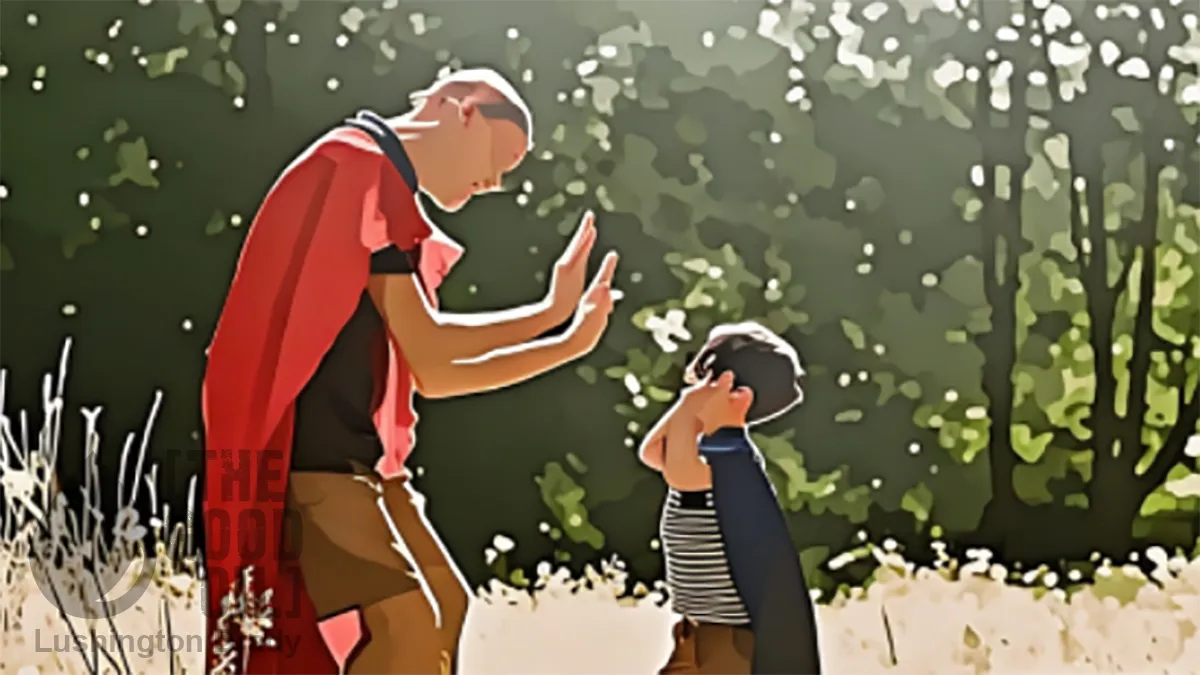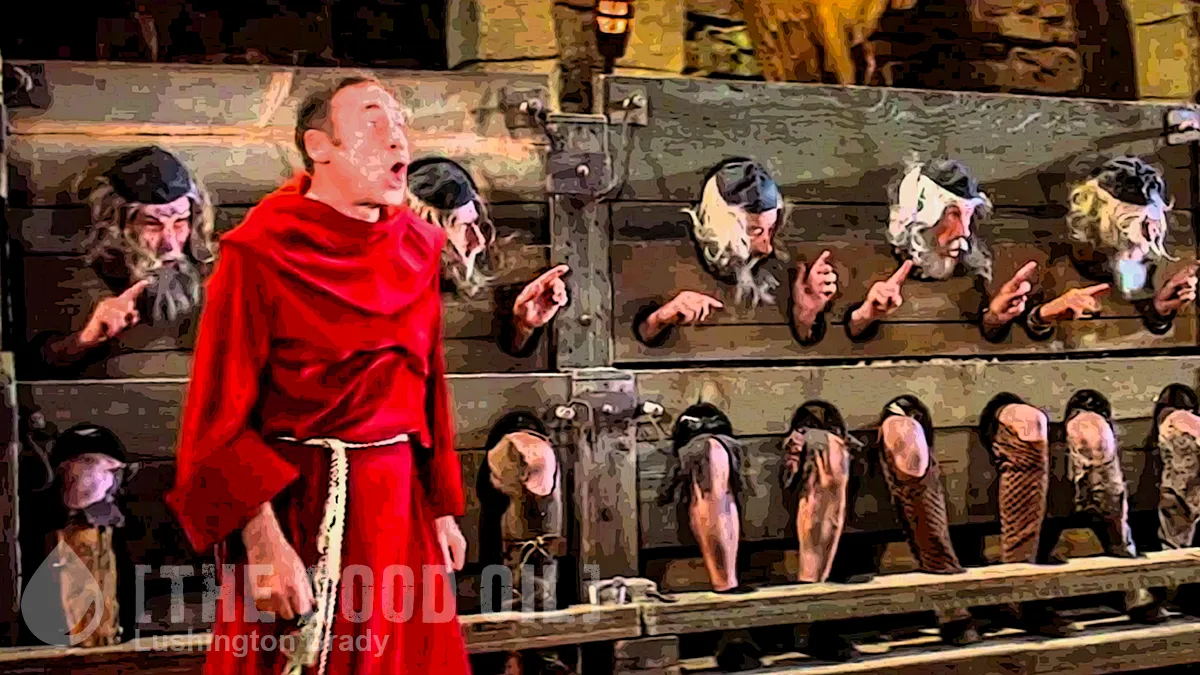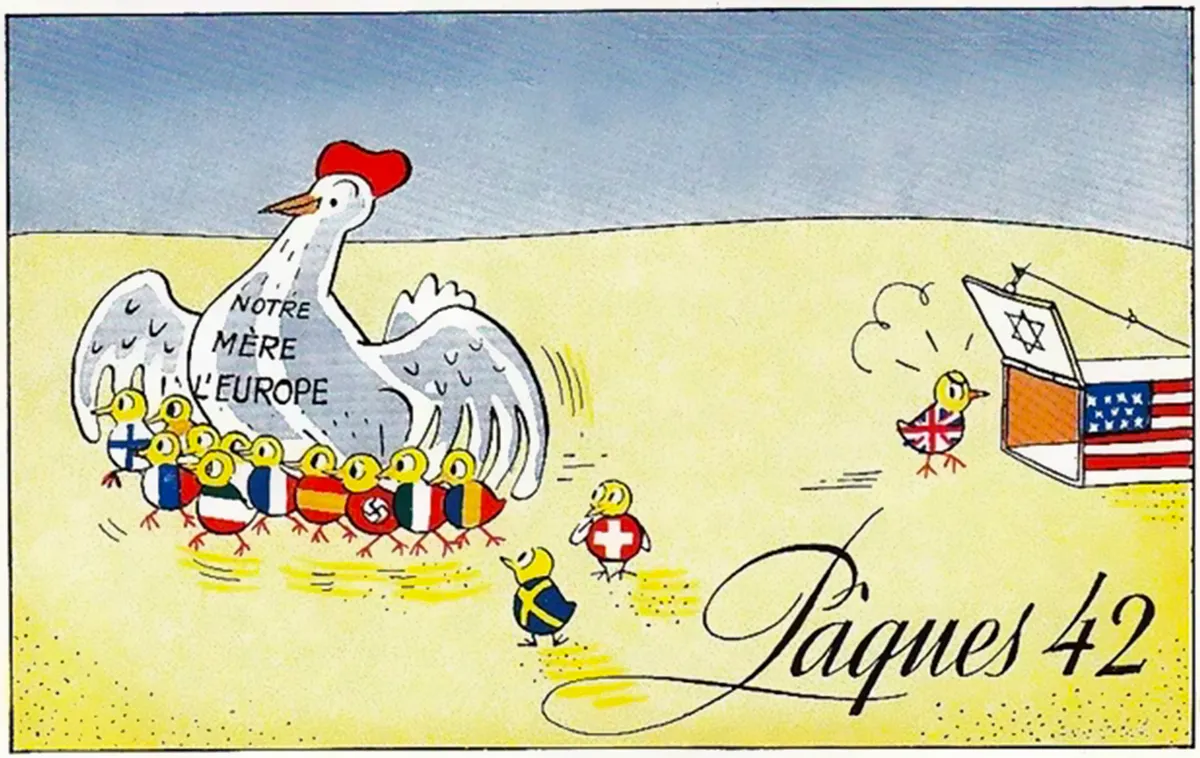That NZ history will be taught in schools, as if it hadn’t been before, has prompted some cynical responses, perhaps rightly so. In voicing her announcement regarding the subject our Prime Minister used the word ‘compulsory’ which suggests a standardised core curriculum.
It is the possible content of such a curriculum which has rattled the horses, so to speak, because we no longer live in an age of reason; that era, when the boundaries of truth limited history strictly to the area of fact, has long since been put to pasture. We now live in the age of hyperbole where the boundary is wherever narratives meet, and if some inventive and exerted pushing of said boundaries is required for that to happen, so be it.
The age of hyperbole has clever people making statements deliberately inflammatory and exaggerated, couched in terms of ‘starting conversations’ and ‘highlighting injustice’, ‘drawing attention’ to their own particular world view through a very narrow and slanted lens. History, they tell us, has always been slanted and that is true, to a point, but slant in the age of hyperbole is verging on warp factors not encountered even on the bridge of Star-Ship Enterprise (not a real thing).
The Wairoa District Museum is a credit to the dedicated throng whose support it relies on. It’s had a recent remake, and chatting to the lovely lady at the front desk when I visited, she explained that it wouldn’t have been possible without community, council and lottery board support, those which together not only made possible the new lighting and interior fit-out but allowed for the employment of one on this country’s ‘leading’ historians to produce the centrepiece.
This piqued my interest; it will probably be the gentleman mentioned, along with other ‘leading’ historians, who will be called upon to produce the new history curriculum our children will be required to digest.
What to make of this Wairoa display? The layout and exhibits were certainly interesting enough, the light a little low. The nice lady explained some lamps were out, but of the narrative: so much poppycock. Is the Wairoa Museum a metaphor for the teaching of our bold new curriculum? And if it is, should we be worried? The theme of the central display is “Pai-marire”.
‘Pai’ means ‘good’, while ‘marire’ means both ‘peaceful’ and ‘quiet’, but the “Pai-marire” were neither. They were to peace and quiet in the colony of New Zealand what ISIS was to interfaith relations in the Middle East. They were better known as the “Hau-Hau”.
“Whereas a fanatical sect, commonly called Pai marire, or Hau Hau, has been for some time and is now, engaged in practice subversive of all order and morality; and whereas the rites and practices of such fanatical sect, consisting, as they partly do, in murder, in the public parade of the cooked heads of their victims, in cannibalism, and in other revolting acts, are repugnant to all humanity…I, Sir George Grey do hereby proclaim and notify that I will on behalf of Her Majesty, resist and suppress, by the force of arms if necessary, and by every other means in my power, fanatical doctrines, rites and practices of the aforesaid character…and, in Her Majesty’s name, I call on all well-disposed persons, whether Native or European, to aid and assist me herein to the best of their ability.” (May 9, 1865)
Notwithstanding Governor Grey’s obvious personal animosity the Hau-Hau cult were a real threat to contemporary collective order and sanity both, holding a stupid and dangerous set of beliefs which thankfully included a faith in their members becoming impervious to bullets by praying in their sect’s unintelligible gibberish; part Maori, part English, a sprinkling of Hebrew, part Hymn, even part Sea-shanty (according to some), and simply holding up a hand to render impotent the projectiles fired towards them (although, to their credit, they became disabused of that particular quirk-of-faith relatively quickly).
You get no sense at all of the urgency or potency of the threats made by Hau Hau to native and settler alike from our ‘leading’ historian’s installation at the Wairoa Museum. Instead we are assured “Pai marire believed the will of God would drive Pakeha from Aotearoa* without bloodshed.” Well then, phone the brewery; we have a new billboard.
The more-than-subtle slant is demonstrated by other examples: Hau Hau adherents arriving in Wairoa in April 1865, fresh from spreading their poisoned message throughout the Bay of Plenty and East Cape and more than a month after the Hau Hau lynching, decapitation and ritual cannibalising of Reverend Carl Volkner at Opotiki, are described as “missionaries”, while Hau Hau rebels fleeing South following their substantial defeats further up the coast are described meekly as “refugees”.
But for the most egregious example of slanted narrative, this one takes the cake:
“Crown and Loyalists fought Pai-Marire at Te Kopane near Waikaremoana. Ihaka Whaanga’s bravery in battle was mentioned in dispatches. The rangatira Tuatine Tamaionarangi was captured by Crown Forces, then executed with others.”
Summary execution of prisoners was a denial of process and arguably cold-blooded murder, even in 1866, so this emotionally-loaded accusation is extremely serious; if true. Who were those ‘Crown Forces’ involved in the incident, and what are ‘Loyalists’?
Mr Leading Historian needs to be reminded this is not Northern Ireland, we didn’t have ‘Loyalists’, we had ‘Friendly Natives’, or, as they were much better known, ‘The Friendlies’:

The actual ‘Crown and Loyalists’ (as described by our historian) were:
- ‘Loyalists’ – Kopu with up to 120 men, Ihaka Whaanga with about 150 followers, Karawana with 50 men and both Hotene Ropata and Paura jointly charged with leading up to 200 of their own men-in-arms. (Total number, 400-520)
- ‘Crown Forces’ – Major Fraser and Lieutenant St. George of the provincial militia, along with their interpreter Mr Hamlin, who together ‘accompanied’ the ‘all-native’ force. (Total number, 3)
It’s no surprise the engagement was described as in the headlines of the day; a fight between the Friendlies and the Rebels. The conflict could be couched with reasonable validity as East Coast intra-tribal civil war at the time.
Those Friendlies were ambushed by (between) 150-250 Hau Hau enemy who had employed extremely well-concealed firing trenches at the approach to Te Kopane. The Friendlies came under heavy fire at close range from three directions as they found themselves trapped in a steep gully. A military person would say the odds were in favour of Hau Hau, yet the Friendlies prevailed thanks to quick thinking, strong leadership, persistence, and personal bravery.
Twelve Friendlies lost their lives that day, with a further thirteen wounded. Ihaka Whaanga fought on and implored his men forward despite being wounded twice himself, one of the wounds very serious (shot through the thigh). A body count following the affray revealed 41 Hau Hau dead, but it is generally believed at least 60, and possibly as many as 80 met their demise, many crawling into the thick bush to die of wounds following the rout.
Executions did occur the following day; that’s a fact.
“At daylight, the chiefs, having re-united, held a runanga on the prisoners taken, and shot four of them immediately [afterwards], they having, in the case of three of them, come from other places to fight against the Government, and in the instance of the fourth, he had previously fought against the Government at Tauranga.”
Those summary executions have been debated since in several forums, including the august Waitangi Tribunal:
“the executions by Maori forces should be understood in the context of the delegation of power to commanders in the field. When the kawana engaged rangatira as allies, ‘there was a delegation of the power to take life’. Conversely, counsel argued, in terms of tikanga, utu was important; the taking of life was necessary to restore the balance and enforce authority”
This was the Wild East with a sparse European population and even less diplomatic aplomb; tikanga counted for much more than Queensberry Rules at the time. Nevertheless those involved earned a stern rebuke:
“however loyal their intentions may have been, yet that the putting these men summarily to death without regular trial and without the signification of the Governor’s assent was an unlawful act, and is repugnant to the feelings and customs of civilised people”
The message was received and understood; the evidence suggests only one individual suffered similar outrage in the duration of the Friendlies East Coast engagement. How do the facts reconcile with our historian’s claim of ‘Crown Forces’ executing prisoners? A charitable commenter might say the statement’s credibility hangs by only the very tiniest of threads to the truth; the less charitable would call it blatant and deliberate deception.
If this example, indeed, shines a light on what the future of New Zealand history ’education’ may look like, then yes, we should all be very concerned.
*(Note for pedants: Hau Hau never, ever, referred to ‘Aotearoa’, they called their collective catchments ‘Canaan’ or ‘New Canaan’, derived from the Old Testament; the phrase on display is an invention)










